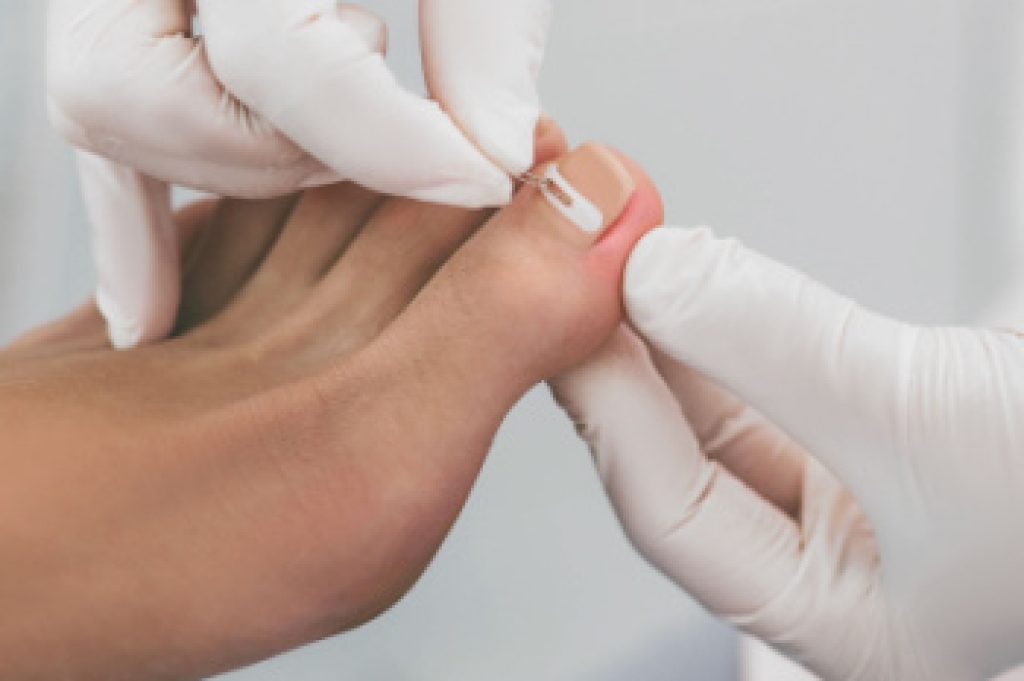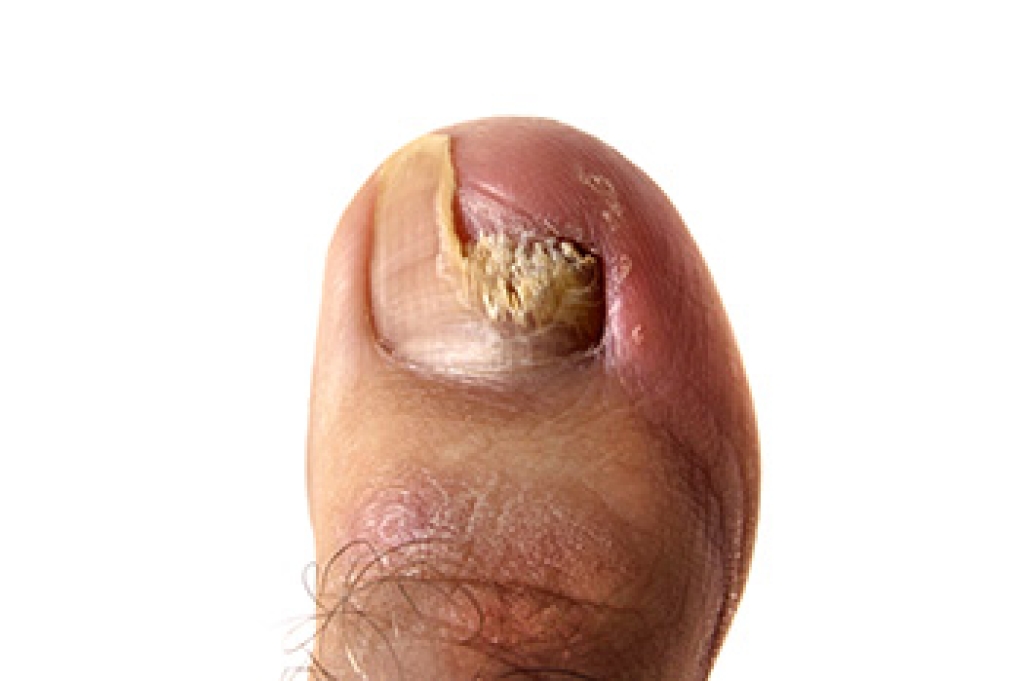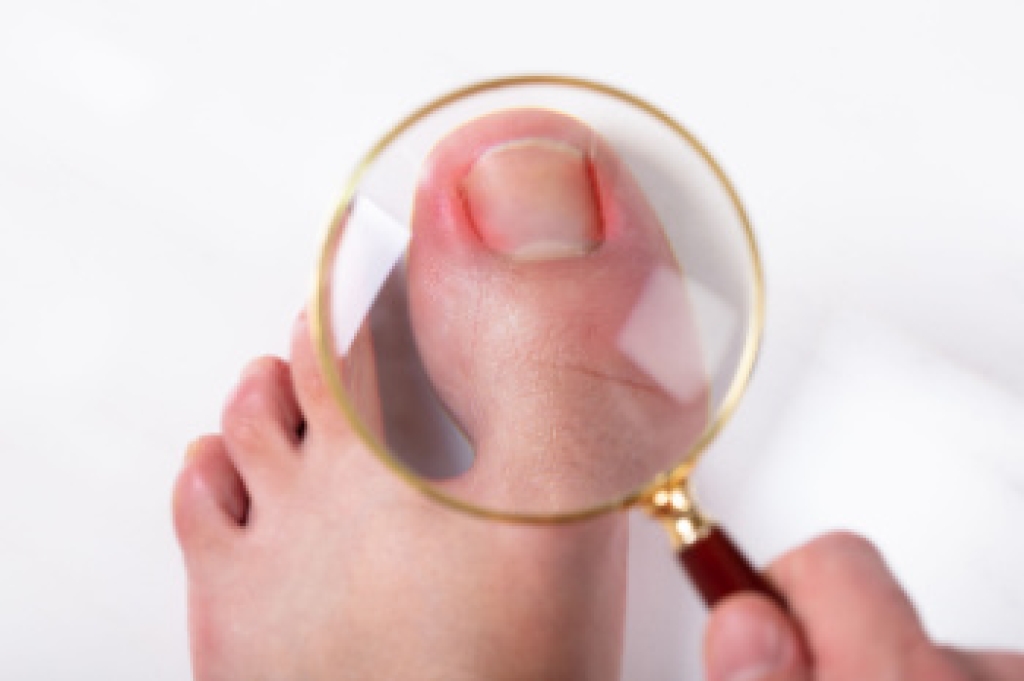
Ingrown toenail surgery is a common procedure used to relieve pain and prevent recurring infections when a toenail grows into the surrounding skin. This condition often affects the big toe and can cause redness, swelling, and tenderness. When conservative care does not provide relief, surgical treatment may be recommended. One surgical approach involves removing a portion of the nail to ease pressure and allow healing. Another method includes removing the entire nail if the problem is severe or recurrent. In some cases, a chemical or laser is used to prevent the nail from growing back in the affected area. These procedures are typically performed in a clinical setting with minimal discomfort and a short recovery time. If you have an ingrown toenail that is bothersome or has become infected, it is suggested that you promptly contact a podiatrist who can determine if ingrown toenail surgery is right for you.
Foot surgery is sometimes necessary to treat a foot ailment. To learn more, contact Dr. Castillo of Bronx Foot Care. Our doctor will assist you with all of your foot and ankle needs.
When Is Surgery Necessary?
Foot and ankle surgery is generally reserved for cases in which less invasive, conservative procedures have failed to alleviate the problem. Some of the cases in which surgery may be necessary include:
- Removing foot deformities like bunions and bone spurs
- Severe arthritis that has caused bone issues
- Cosmetic reconstruction
What Types of Surgery Are There?
The type of surgery you receive will depend on the nature of the problem you have. Some of the possible surgeries include:
- Bunionectomy for painful bunions
- Surgical fusion for realignment of bones
- Neuropathy decompression surgery to treat nerve damage
Benefits of Surgery
Although surgery is usually a last resort, it can provide more complete pain relief compared to non-surgical methods and may allow you to finally resume full activity.
Surgical techniques have also become increasingly sophisticated. Techniques like endoscopic surgery allow for smaller incisions and faster recovery times.
If you have any questions please feel free to contact our offices located in Bronx, NY Yonkers, NY . We offer the newest diagnostic and treatment technologies for all your foot and ankle needs.




